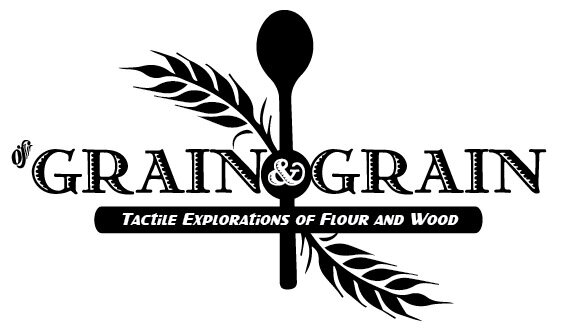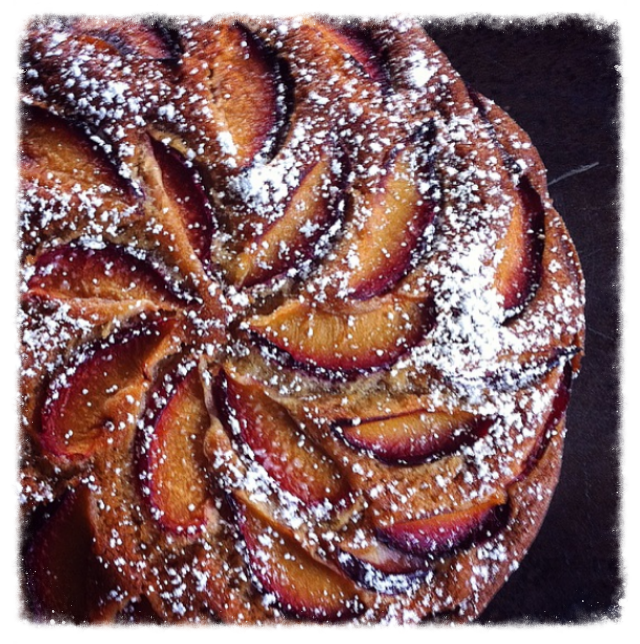Butternut Squash Soup Recipe
This butternut squash soups is a bowl of comfort that is easily kept warm in a crock pot so you can keep hungry folks fed and out of your kitchen in the midst of all the holiday cooking chaos. You can make it a day or two in advance and then keep it in the fridge until you’re ready. Then, just pour it into a crock-pot set to low the morning you want to use it, and allow it to warm-up for a few hours…
Boom! You got a low maintenance, seasonal lunch and free kitchen space! Holiday cooking is rarely low maintenance so anything that pays back in both space and time is worth it when it comes to your sanity. You can be “fancy” with a tray of topping on the side so everyone can add their own. Again, low maintenance for the win! Cause you probably still have pies and sides to make with a bird or something in your oven. Who needs the added stress of hungry people getting in your way? Just make this soup. There is a reason it’s considered comfort food.
INGREDIENTS:
1 tbsp oil
1 butternut squash peeled, seeded and cubed into 1/2 inch pieces (about 3 cups total)
1 onion chopped
3 garlic cloves chopped
1 tbsp of fresh ginger
1 tsp curry powder
1 tsp turmeric
2 2/3 cups of broth (chicken or veggie)
1/2 can of unsweetened coconut milk
2 tbsp of plain yogurt
splash of half and half
1 tbsp fresh cilantro
some chopped cashews for topping
DIRECTIONS:
- Saute the onion in a pot with the oil over medium heat until soft
- Add the garlic and fresh ginger and cook for another minute or so
- Add the turmeric and the curry powder and mix well
- As the spices start to stick to the bottom, add a little broth and deglaze the bottom of the pot bringing up all those caramelized bits which will enrich the final flavor of the soup.
- After deglazing you can add in the rest of the broth and the squash
- Bring it up to a boil then reduce the heat and allow to simmer for about 10 or 15 minutes uncovered until the squash is tender
- Remove from heat and allow to cool slightly and mix in the coconut milk. (If you have an immersion blender use that to puree the soup. If using a regular blender puree in batches but really allow the soup to cool).
- When the soup is smooth, warm it back up, but be careful not to boil it because the coconut milk can curdle. Ladle into a bowl.
- In a separate bowl, mix the yogurt and a little cream or left over coconut milk and make a thin finishing sauce. Stir a spoonful into you soup and top with fresh cilantro and cashews.
What holiday cooking strategies do you try and employ? I’ve got the soup covered but when it comes to the other items I could use some tips. Tell me, tell me!














